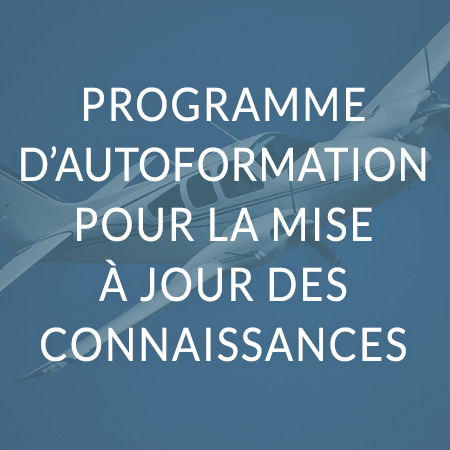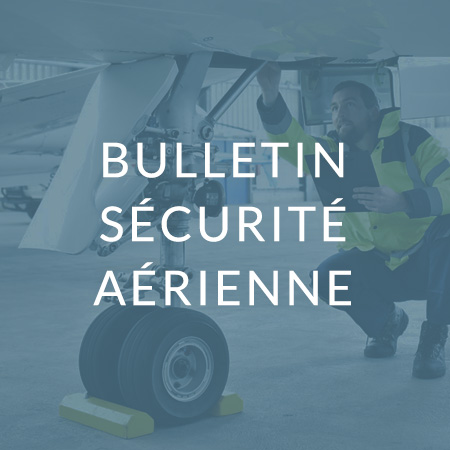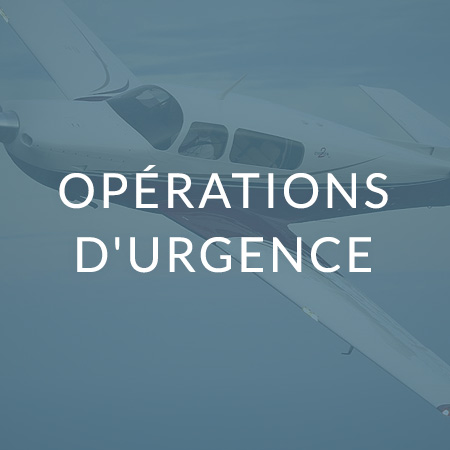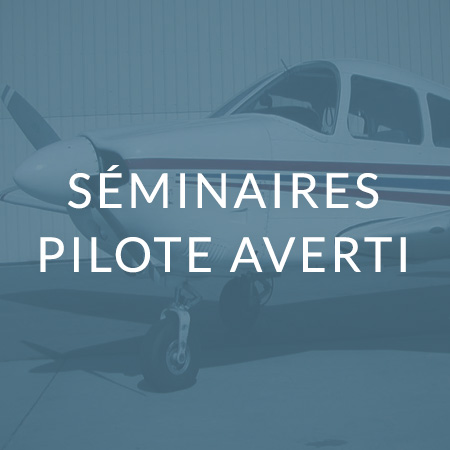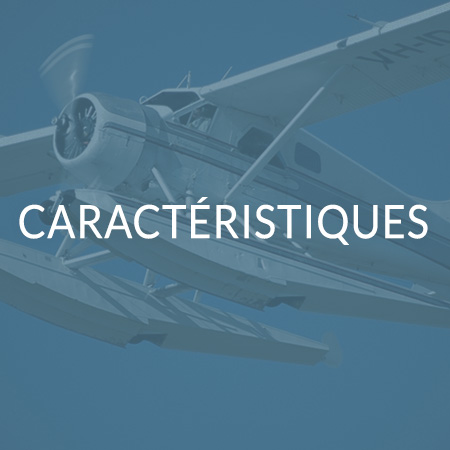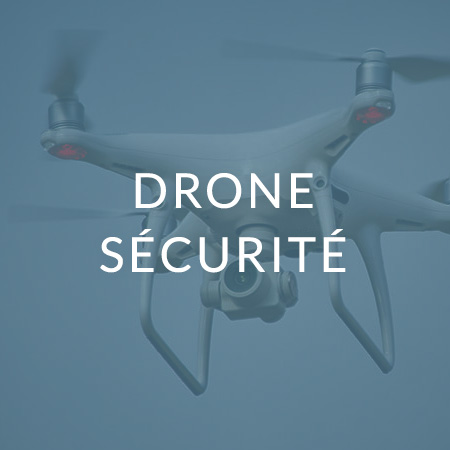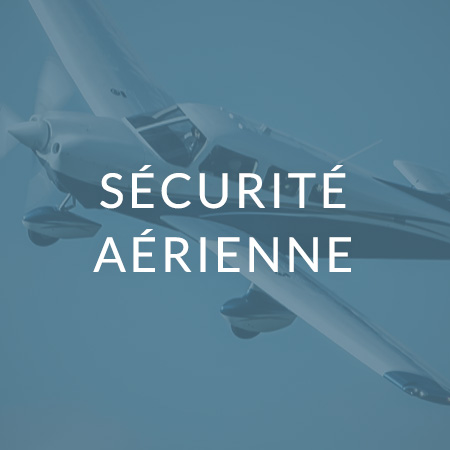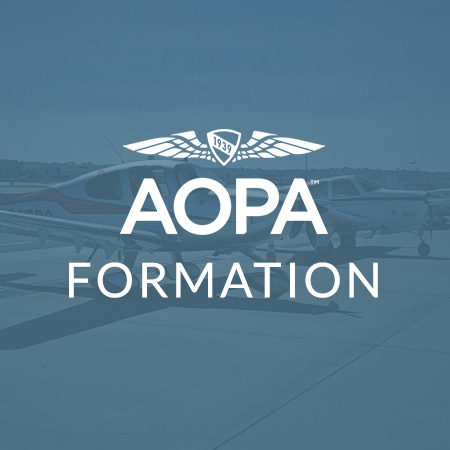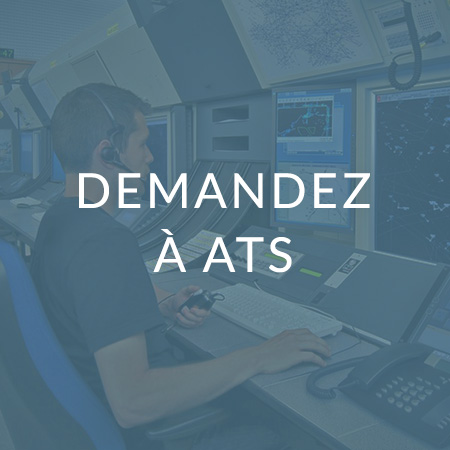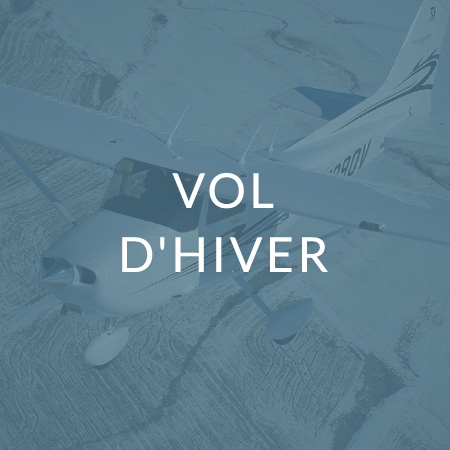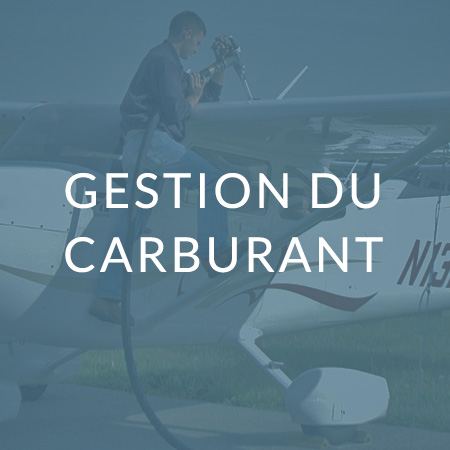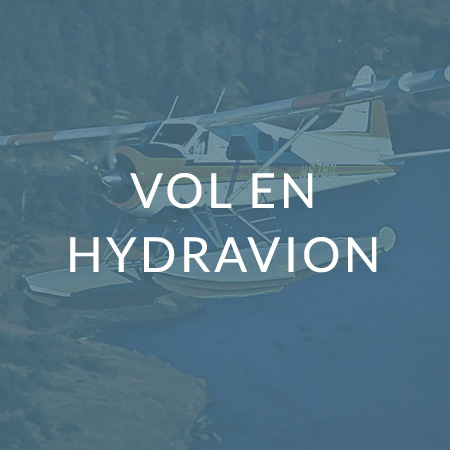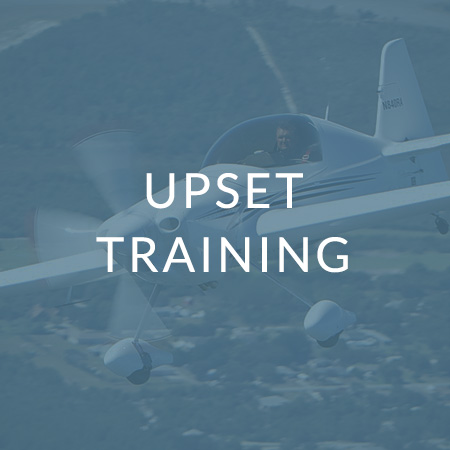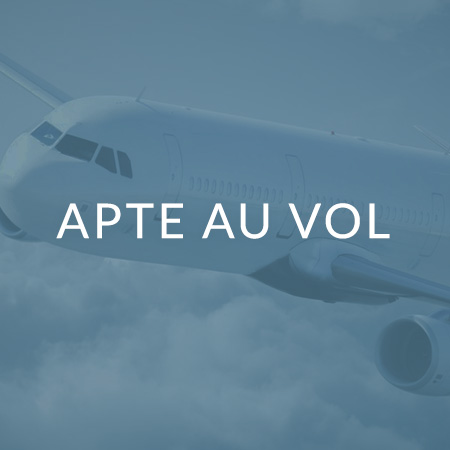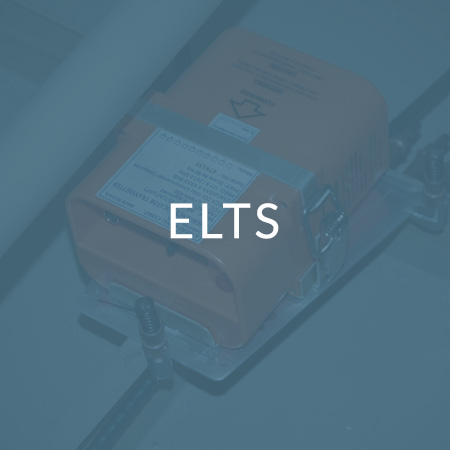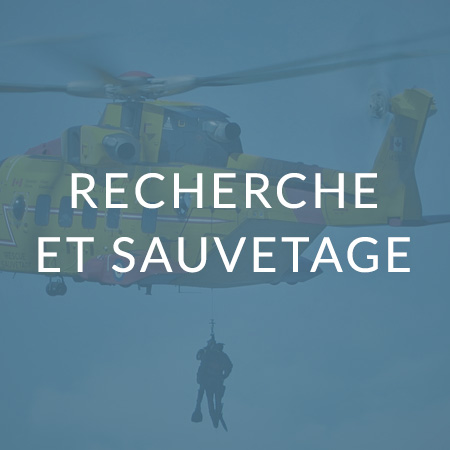Shoulder Harnesses, Seats, and Lap Belts
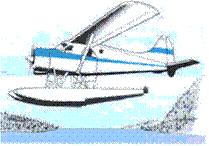
Shortly after takeoff, the Pratt & Whitney engine quit. The Beaver pilot manoeuvred around higher terrain and was heading back to the lake when the aircraft stalled at low altitude and crashed into the water. The accident was deemed survivable by the TSB investigators (A93Q0145). However, due to a combination of several factors, only one of the six people on board survived.
Mining crews stationed at an isolated lake were going to a nearby town for a crew change. The lake is surrounded by 700 to 1000 ft. mountains. The takeoff/landing distance is about 2 km. in an east west direction. Conditions on this day were conducive to serious carb icing: the temperature was 13° and the dew point, 12°. Winds were from the south southwest at 10 to 15 kt.
On the second flight, the pilot loaded five passengers on board. He taxied to the middle of the lake and began his takeoff in a northeasterly downwind direction. Once airborne, he climbed southward through a valley. At that point, mountains on both sides prevented a 180° turn back to the lake when the engine quit. He had not stacked the odds in his favour with a mid lake downwind takeoff.
He had, however, completed the Engine Failure Check, including Carb Heat ON. But he didn't have enough altitude to both manoeuvre around the mountain and stretch his glide to reach the water safely. The aircraft stalled and struck the water in a 60° nose down, left wing low attitude.
The front and centre seat belts were anchored to the seat frames, not the airframe; thus, when the pilot's and copilot's seat-attachment points failed, as did the centre-seat attachments, the two front seat occupants were thrown into the instrument panel. The pilot suffered incapacitating head injuries and drowned. The right-seat occupant's injuries were fatal.
The centre-seat passengers were thrown forward against the metal backs of the front seats. Like the pilot, the left centre passenger suffered incapacitating head injuries and drowned. The right centre passenger died at impact.
The two rear seat passengers, whose seat belts were anchored to the airframe, remained in their seats and survived. However, one died three hours later from abdominal injuries.
The limited deformation of the aircraft fuselage made the accident survivable. Impact forces did not exceed the limits of human tolerance.
Investigators also reasonably concluded that if all seat belts had been anchored to the airframe, and if shoulder harnesses had been installed and used, more of the aircraft occupants would have survived.
Originally Published: 2/1997
Original Article: Shoulder Harnesses, Seats and Lap Belts





